2023 या वर्षी साधना साप्ताहिकाच्या वतीने दिलेल्या तांबे-रायमाने अभ्यासवृत्तीतून आलेल्या तिघांचे व यदुनाथ थत्ते अभ्यासवृत्तीतून आलेल्या तिघांचे, असे एकूण सहा जणांचे लेखन प्रसिद्ध करीत आहोत. त्यापैकी विवेक वाघे, प्रतिक राऊत व विकास वाळके या तिघांचे दीर्घ लेख, साधनाच्या 13 जानेवारी 2024 च्या विशेषांकात प्रसिद्ध झाले आहेत. (याच अंकांच्या संपादकीयात या अभ्यासवृत्तीची संपूर्ण प्रक्रिया सविस्तर मांडली आहे, येथे क्लिक करून ते वाचता येईल.) तर अविनाश पोईनकर, वैभव वाळुंज आणि प्रिया अक्कर व नेहा राणे (दोंघीनी संयुक्त लिहिलेला) यांचे तीन दीर्घ लेख प्रत्येकी तीन किंवा चार भागांत ‘कर्तव्य साधना’वरून प्रसिद्ध करीत आहेत. त्यापैकी हा तिसरा लेख सलग चार भागांत देत आहोत..
Introduction
Maharashtra is an Indian state with the second largest coastline and has seven coastal districts. The coast of Maharashtra displays wide diversity w.r.t fishing gears, techniques, scale, role of gender, supply chains to list a few elements. Yet the most striking and common feature of this coast is the role of co-operatives. The Fishing Co-operatives which are locally called as ‘Machhimar Sahakari Sangh’ have existed for decades, some even dating back to the pre-independence era. These institutes perform several roles, one of the most important amongst them as they act as a mediator between the state and the fisherfolks. The rules of membership of these cooperatives may vary to certain extent but they largely include boat-owners.
The co-operatives play a key role in disbursing subsidies, issuing permits, and identity cards thus verifying the identity of the fisherfolks. Koliwada i.e., a fishing village may have multiple cooperatives and members can hold multiple memberships in different cooperatives. Some cooperatives may exist to serve a specific function for eg. Vahtuk Co-operative Society of Madh is largely involved in transportation of fish catch. Thus, the structure and function of societies may vary. This flexibility in the nature of the cooperative makes them responsive and adaptable to changes in fisheries which further explains their existence over decades. As these cooperatives cater to the members who are inhabitants of the same Koliwada the sense of mutual dependency and accountability is higher which make these institutes more responsive to local demands.
“If there are no fish, who will do fishing? Perspective towards fisheries is very narrow. People know only two components; fishermen go for fishing and fisherwomen go for selling. It is a big job creating industry. There are logistics, ice producers, cooperatives etc. It is the need of the time to see this too as an industry.”
-President of Akhil Maharashtra Machhimar Kruti Samiti, Devendra Tandel
History
The Fishers movement in India:
Frederic Nicholson, collector of Madras presidency conducted extensive research for 5 years to understand the problems of the farmers after the devastating Madras Famine of 1876. The report published in 1895 paved the way for the Co-operatives Movement in India. By 1904, cooperative agricultural credit societies and cooperative banks were to be established in many districts. He further sent a proposal to the Madras government to establish a “Bureau of Fisheries” for the betterment of fishers’ communities and increase in fish production. By establishing a ‘Bureau of Fisheries in 1907’, the Madras Presidency became the pioneer in India. (Remembering Father of Coop Movement (deccanchronicle.com)
The 'Karla Machhimar Sahakari Society' in Ratnagiri of Maharashtra state formed in 1913 was reported to be the first fishers’ co-operative society established in India. In 1946, the cooperative planning committee recommended that state aid for the development of the fishing industry should be given largely through cooperative societies. The growth of fisher’s cooperatives was very slow. By 1944, there were hardly 200 fishers’ co-operatives in the whole of India. These societies were mostly credit societies and their main aim was to provide credit to the members co-operatives fishing, processing, and marketing were not envisaged by these societies at that time. It was after the commencement of the five year plans that the importance of fishery co-operatives was recognized. In order to accelerate the pace of development of fishing co-operatives, the NCDC has formulated patterns of assistance for fishery cooperatives which includes assistance for strengthening the share capital of societies, establishment of service and repair centers for boats, setting up of canning units, fish oil and meal plants net making units construction of godowns, drying yards etc and also purchase of boats and other equipments. (Financing and Marketing Management: 2.4. Fishery co-operatives in India (iasri.res.in)
Fishers Cooperative Movement in the Coastal Maharashtra:
The coastal area of Gujarat, Maharashtra, and Karnataka was included in the Mumbai province before the establishment of the Maharashtra State. In the year 1910 then ICS officer Mr.W.H.Lucas studied Marine Fisheries of Mumbai province except Sindh area and submitted his report to the Government. This was the maiden notice of fisheries of Maharashtra taken at Government level.
33 Fisheries Co-operative Societies were established in Four Marine Districts in 1945-50. Ms.Coastal company established an ice-factory at Ratnagiri in the year 1949-50. The first Ice factory of 7-ton capacity in the Co-operative Sector was established by Satpati Fishermen's Sarvodaya co-operative society in 1950-51. Vividh Karyakari Sahakari Society, Satpati and Bhagamandala Group Fishermen’s Co-operative Society were given fishing boats ‘Jai Bharti’ and ‘Shantadurga’ respectively in the year 1950-51. In the same year a separate fish market section was started in the Crawford Market, Mumbai and the number of fishing vessels reached to 44 from 1951-52. The year for the annual fishing report started from 1st July to 30th June as per recommendations of the fisheries statistical coordination committee appointed by Government of India. The Fishery Advisory Committee headed by fishery minister was constituted in 1950 and the Director of Fisheries was Member Secretary of that committee. (History | Department Of Fisheries | Government of Maharashtra, India)
Madh Macchimar Vividh Karyakari Sahakari Society ltd
The Madh Fishers Co-operative Society came into operation in the year of 1951, completing 72 years in 2023. The prime objective of the organisation was to establish itself in the Fishing Industries against the hegemony in fisheries markets, support the fisher’s community of Madh in navigating the occupation by providing essential facilities within the boundaries of the village, and act as an intermediary between the government and the community. The cooperative society that we chose for our study is one of the oldest of three co-operative societies of Madh.
Current status
Today, Madh Machhimar Vividh Karyakari Sahakari Society has a total of 815 members with a turnover of Rs.15,42,50,701. The organisation's scope has drastically widened over time with its engagement in not only fishing but the overall welfare of the community. The society has 5 main departments; 1. Industrial department, 2. Ice factory department 3. Market department - fish sale centre in Malad and Talapsha 4. Transport department 5. Main department. Apart from this, it also actively intervenes in protecting the rights of the fishers of Madh and other Koliwadas by flagging their issues through its annual reports and participating in larger fishers' politics. The Madh society is currently playing an important role in the following matters:
-Voicing the issues of demarcation conducted by BMC
-Advocating for compensation for the fishers affected by the ONGC’s Seismic survey
-Extending support for Vandhan port protest,
-Advocating for the degradation of shoreline
-Sewerage line project affecting the coast of Madh to Uttan and Marve-Manori Creek
-Initiative in advocating for the construction of Talapsha Bandar on behalf of neighbouring fishers societies
Bhati Machhimaar Sarvoday Sahakari Society Ltd
The village of Bhati earlier was nothing but cattle grazing land for the villagers of Madh. Gradually as the village of Madh grew, people started settling on the outskirts which led to the formation of Bhati Village. The chairman while trying to remember the history of the village says “Our grandparents came from Madh to settle here. The Cremation ground record of our village dates back to 1955. My aunt who was born and brought up here is 80 years old now” these oral records of the villagers show that Bhati is at least a century old village.
When the village was settled the people started their fishing practice on the coast of Bhati while still being members of Madh’s co-operative society. But dependency on Madh’s co-operative for diesel and other necessities was creating a transport hassle and therefore the villagers decided to form their own fishing co-operative society. In this way, Bhati Machhimar Sarvoday Sahakari Society ltd came into existence in 1984.
Current status
The 40-year-old Cooperative Society of Bhati marked 810 members and a turnover of Rs. 17,98,02441 in the year 2021-22. It operates in three departments, namely; Main department, Market department, and Transport department. Bhati society along with the village has made great progress in a very short span of time. The growth of the village and society goes hand in hand; thus, the society becomes an integral part of the local governance system of the village. Since its inception, the Village and the society have been closely connected where the society remains the centre of every decision-making aspect of the village. The Gram Vikas Mandal of the village and the board of society are equally involved in all the matters of the village. Society has played an important role in the following matters outside their direct scope for the betterment of the village in the year 2021-22:
-Proposal for Water breaker
-Drainage line
-Dishapol
-Public Washroom
-Advocacy for the construction of the Cement jetty
-Demand for fish drying platform for women fishers
-Demand for change in extension of fish ban period by understanding the need of changing times
-Advocacy against the destructive LED fishing practices
-Advocacy for extension of fishing area beyond 12 NM
-Demand for compensation against Maha and Kyar cyclones of 2019
-Encouragement awards for students pursuing higher education
Structure and function
Madh and Bhati are coastal villages in Mumbai inhabited by the indigenous population of the city i.e Koli. The Kolis in Madh and Bhati practice their traditional livelihood in the most sustainable manner possible. The fishers here use dole nets and mechanized boats to catch species such as bombil, mandeli, kolambi to name some, which are traditional fishing practices.
Madh Machhimar Vividh Karyakari Sahakari Society Ltd conducts elections every 5 years, committee members are selected from each galli of the village, and from these members co-operative board members are elected, 12 committee members and 8 advisors together form a total 20 members committee. A number is set on committee members to be elected from each lane of the village. Accordingly, a candidature is filed and election is contested in each lane. In this election the co-operative members get to vote for committee members. The election is conducted in this manner because the co-operative should represent all the 5 lanes of the village consisting of its members. The number of members remained constant during the pandemic period as elections were delayed. But after the elections there was a slight change in the numbers. So, the numbers went up from 815 to 830.
“There is a limit as per govt norms as to how much we can spend on elections. It's something around Rs. 20000 per candidate. Any number of people can run for elections. There were some 32 people during my time. One member can vote for 11 candidates. Maximum 11 votes for each member. So, 11 people are elected then we decide the chairman within the 11 of us” Rajiv Duming, the current chairperson of Bhati Cooperative Society.
The election process in Bhati village is distinct from the Madh village. In the case of Bhati, the entire village becomes the electoral unit. There is no limit on the number of candidates who can contest the elections. Each member is allotted 11 votes, that is the number of committee members. Once the committee is elected an internal election is conducted within these members and the positions such as chairperson, treasury etc are contested. The candidates for contesting elections are vetted by the fisheries department officials.
Currently, the co-operative societies are members of state level associations of unions which are, Maharashtra Machhimar Kruti Samiti (MMKS) and Akhil Maharashtra Macchimar Kruti Samiti (AMMKS). The state level unions are then represented by National Fishers Forum (NFF) at national level which has representative union associations from all the nine coastal states. The NFF is further affiliated to a global fishers’ federation called World Forum of Fisher People (WFFP) which is a global network of small-scale fishers and their movements. This decentralized model ensures representation of coastal issues and fosters lager solidarity.
The need to study the data
Contemporary politics and the importance of data
The coastal policy in India has been going through a rapid transition over the past few years since the promotion and adoption of Blue Economy policy. The coast across the country has become a widely contested space throughout this transition. The coastal community has come to the forefront yet again in an attempt to claim their role as a stakeholder and what it means to continue fishing as a livelihood and to inhibit coasts. The consensus and resolve to oppose the multitude of projects is evident yet there lies a fissure in the practice of fishing itself. This has also opened conversations around what it means to be a fisher and the differences of identity such as fishermen, fisherwomen, fish workers, etc. This inquiry is located within the coastal city of Mumbai where fisherfolks stake their claim to identify as indigenous population of this city. In current times it becomes pertinent to identify the challenges faced by the community viz. shrinking spaces for fishing due to coastal infrastructure, the resultant pollution of these projects and the often-discussed issue of climate change. Taking a stock of all these elements it is rather the resolve to continue with traditional livelihood which has enabled the fisherfolks to practice traditional also known as artisanal fishing methods. It is no wonder then that Koliwadas i.e. coastal villages face ever increasing pressure of existence within this metropolis.
“The one whose father was a fisherman is a traditional fisherman. That way, purse seiners are also traditional fishers but the practice followed is what we understand as traditional. The bifurcation happens in practice-traditional and modern. There are different nets for fishing different species. Our ancestors have taught us to pick only how much you need. We call it sustainable fishing. It's more about traditional practices rather than traditional fishers” AKMMS President, Devendra Tandel.
The traditional fisher can be further categorized into multiple categories depending on their area of operation such as territorial waters, shores, intertidal zones. For the purpose of this study, we have focused on fishers using traditional fishing gear viz. dole net in the territorial waters. The current discourse around fishing especially in and around highlights the precarious situation of fishing as a livelihood which further leads to the conversation of rehabilitation and compensation. The data shows rather a contradictory picture. Through multiple interviews it was corroborated that not only Madh and Bhati but multiple Koliwadas scattered across the island city of Mumbai practice traditional fishing. The supply chains that have evolved around these Koliwadas are robust and crucial in generating not just revenue for these co-operatives but also in providing employment to fisherwomen. Another striking feature of this livelihood that emerged from these conversations is the increasing number of youths choosing fishing as a livelihood due to declining employment and marginal rate of return as compared to fishing. Yet the challenges faced by the livelihood are associated with external factors. Thus, it can be said that the precarity and uncertainty can be attributed to pressure on usage of coastal spaces through change in policy yet the sustenance of it depends on the sustainability of its practice.
Priyanka Akkar
priyaakkar@gmail.com
Neha Rane
nrane1507@gmail.com
Tags: मासेमारी सहकारी संस्था मत्स्य व्यवसाय रिपोर्ताज नेहा राणे प्रियांका अक्कर तांबे रायमाने अभ्यासवृत्ती मच्छिमार कृती समिती Load More Tags

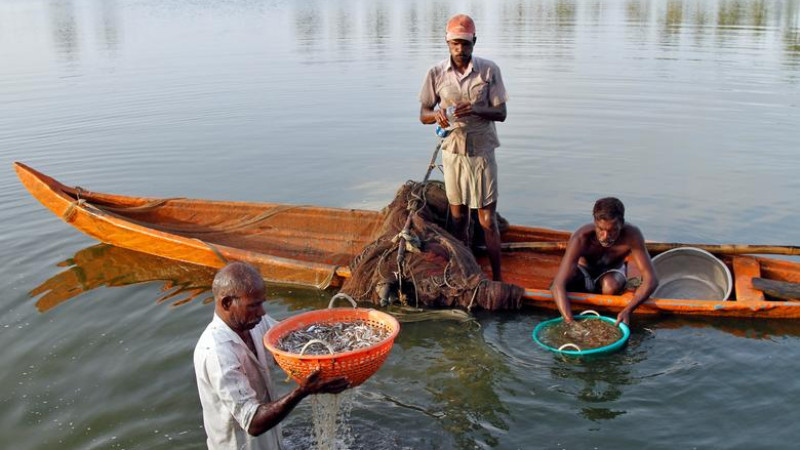
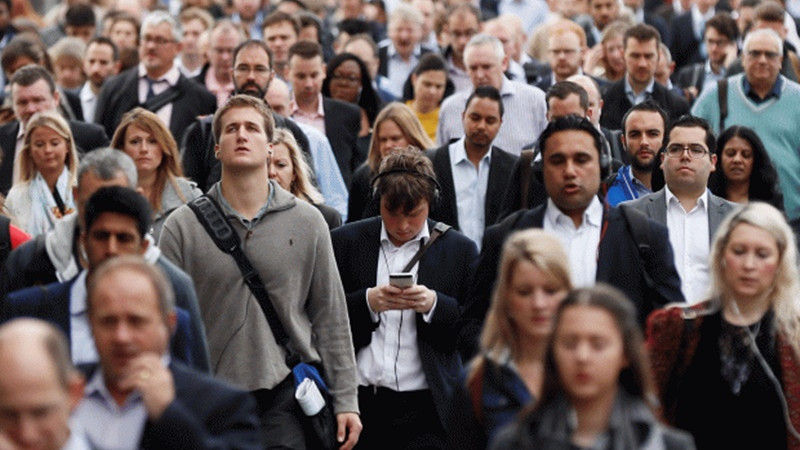
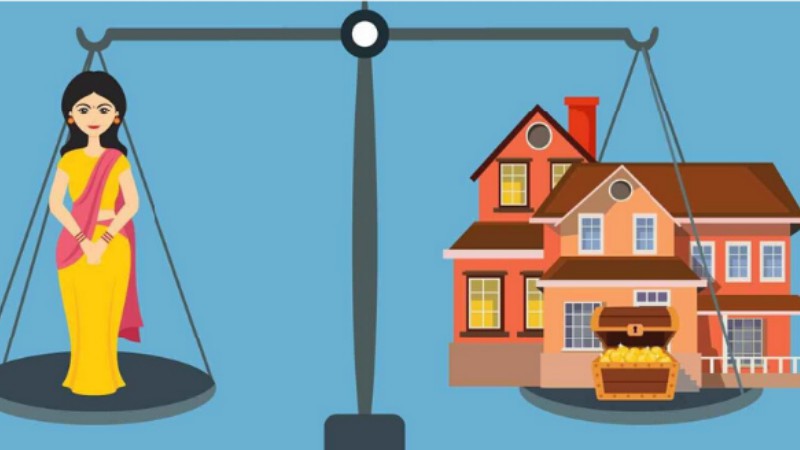
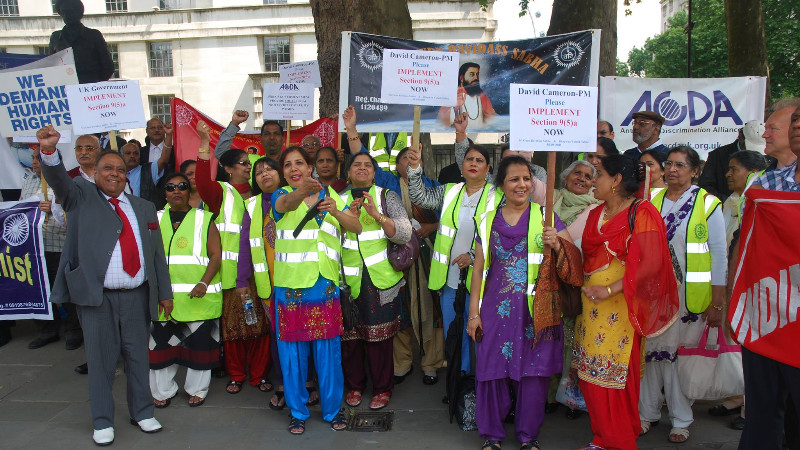

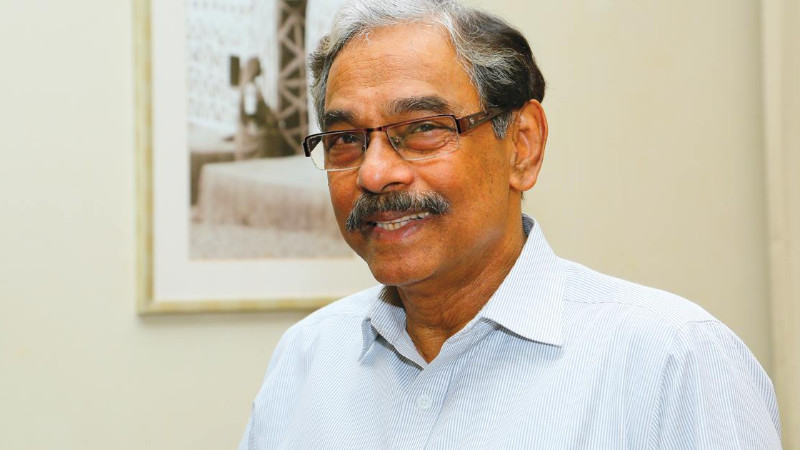
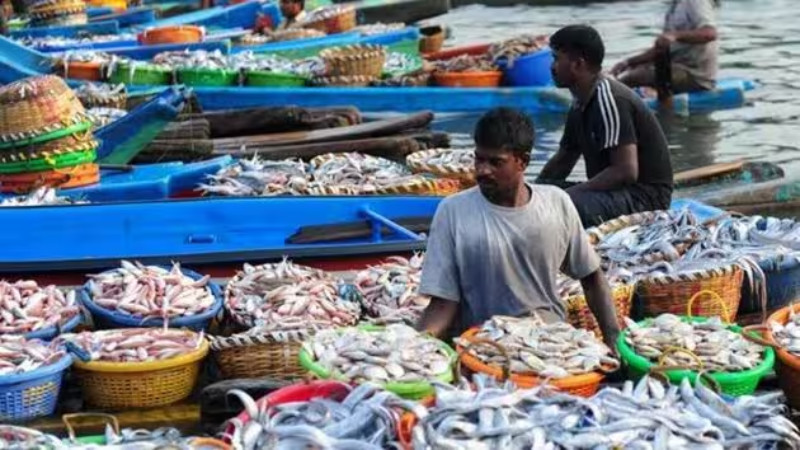

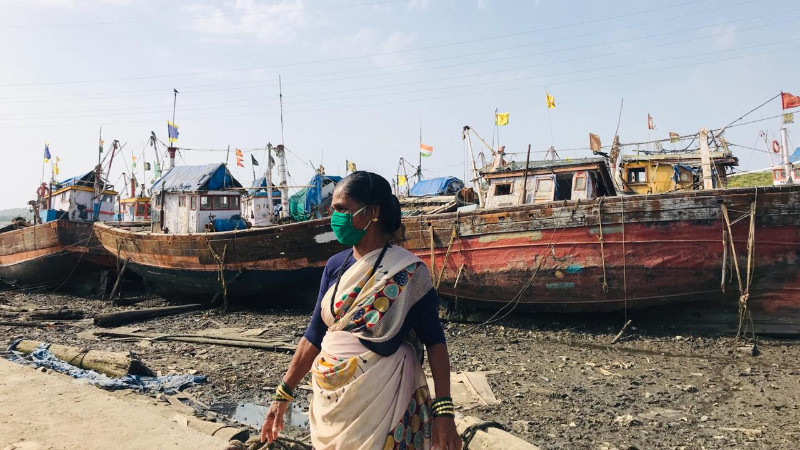
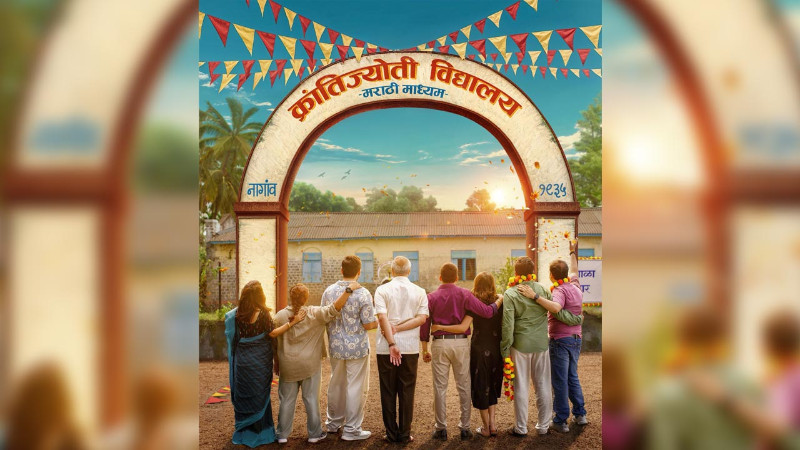
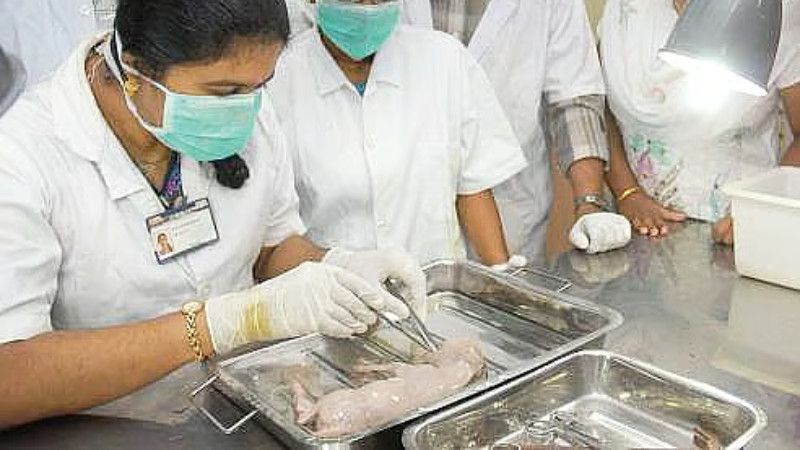
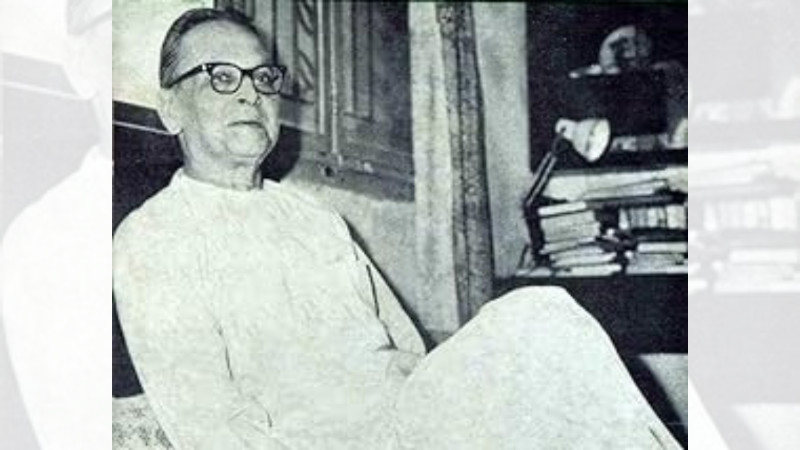
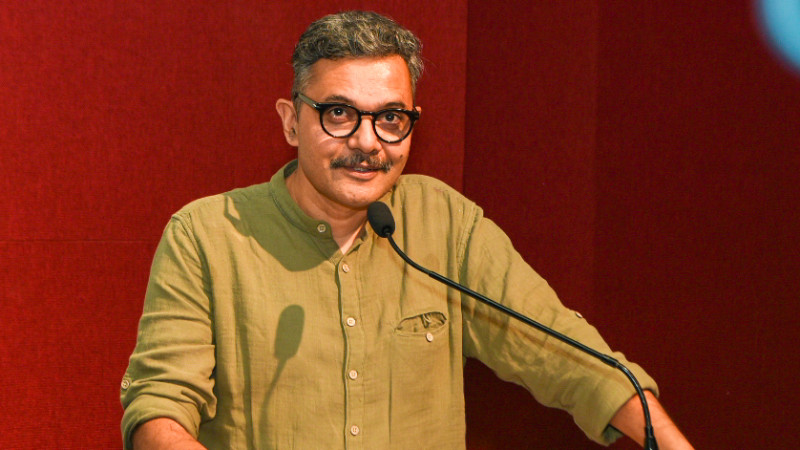
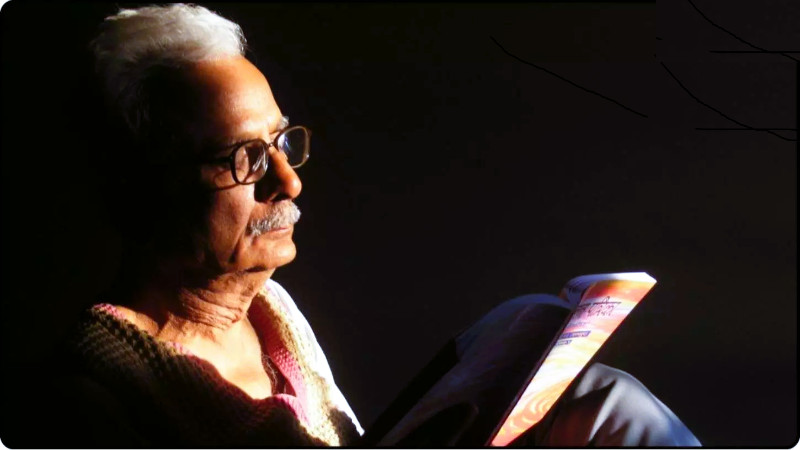
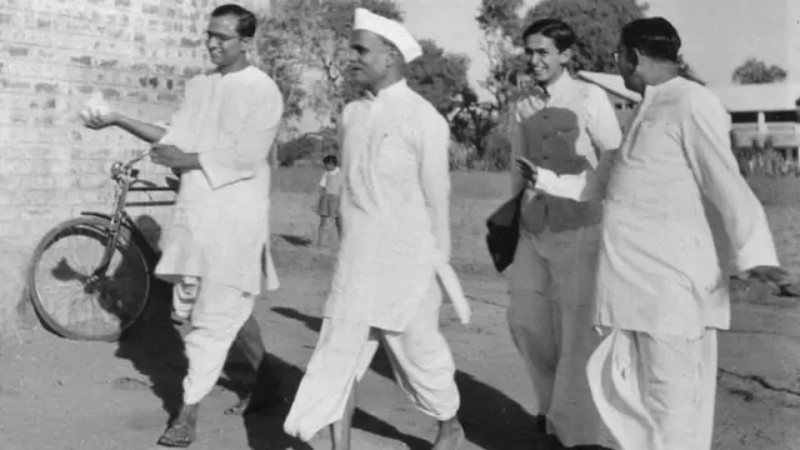
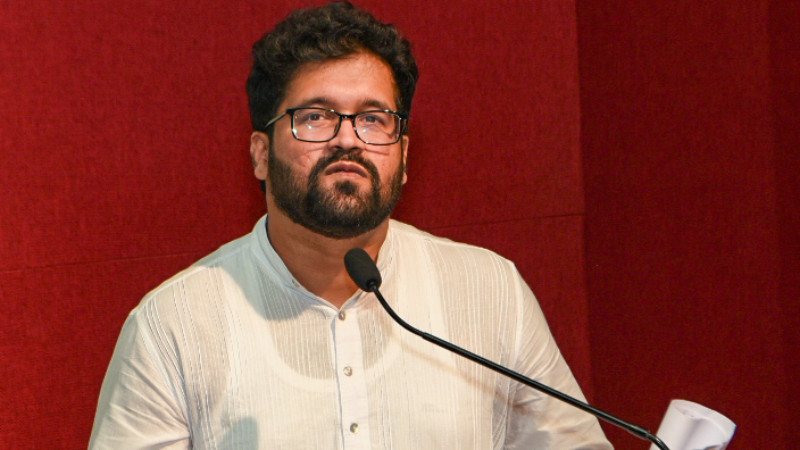
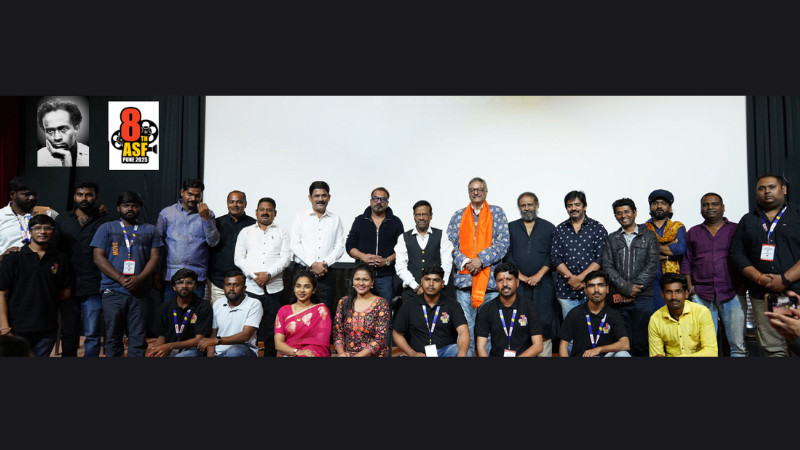

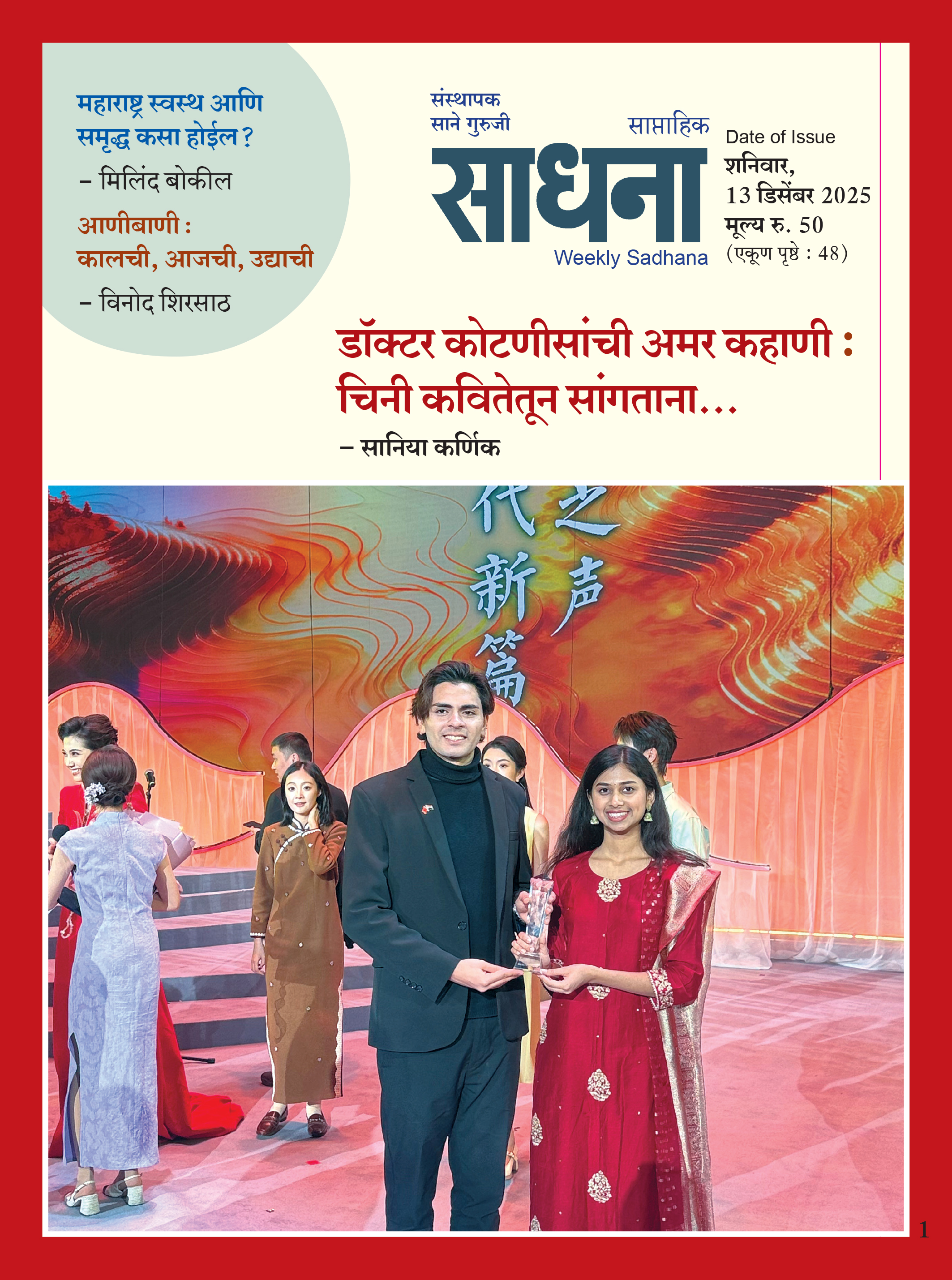













Add Comment